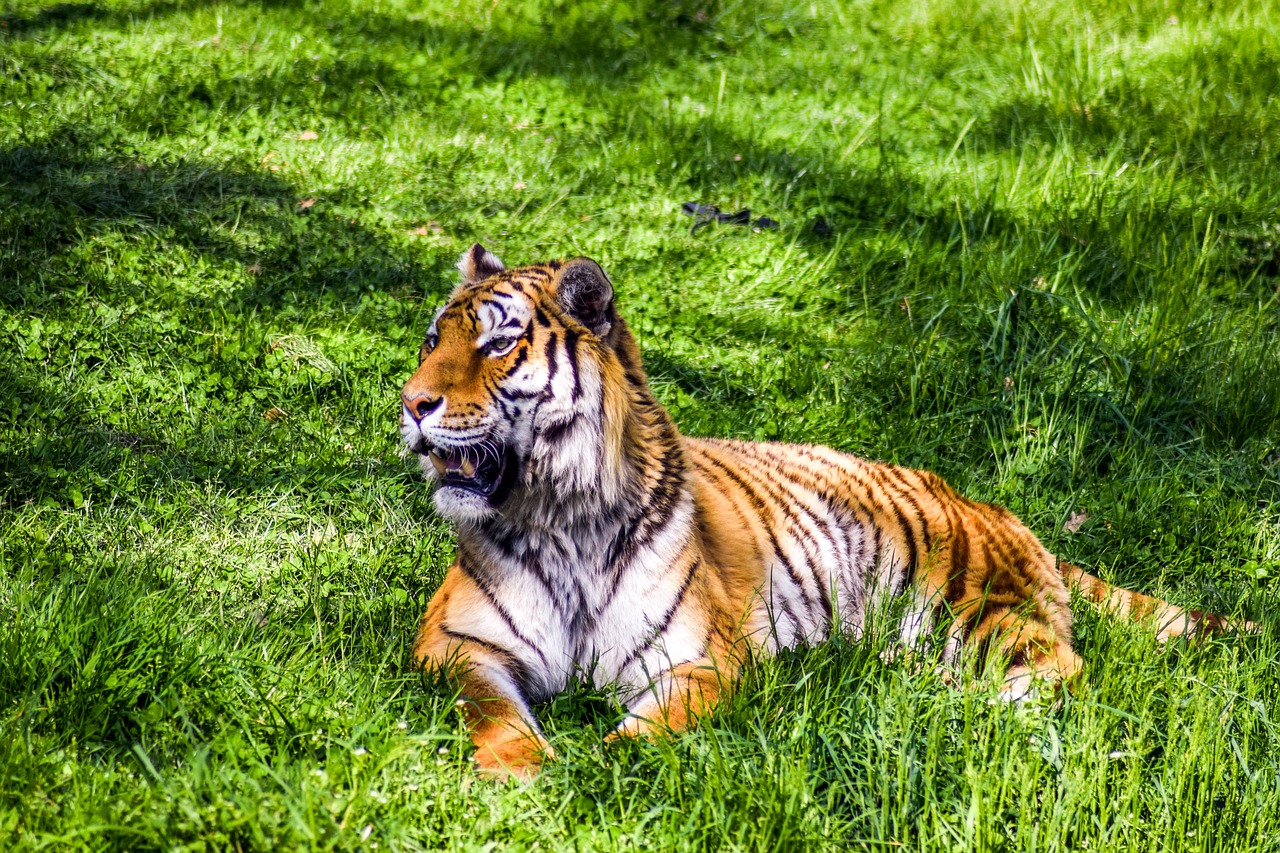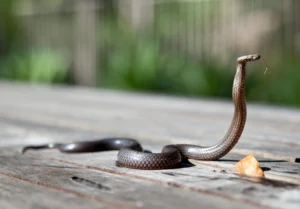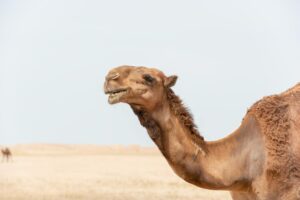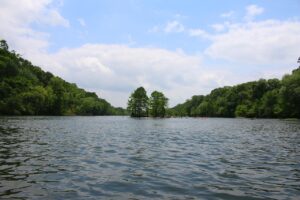The state of wild animals

Many people today have a romantic view of nature and what life is like for animals in the wild. They believe that animals mostly live happy lives as long as they are in a natural environment. Other people realize that animals in the wild can suffer and die prematurely, but they believe these are exceptions. Others believe that independence is what matters most to animals, regardless of how much they suffer.
Some people believe that the fact that a species of animal has survived for a long time shows that its members enjoy a good life. However, the ability to survive and reproduce is entirely different from feeling comfortable. Most of us do not consider human life to be good merely because the person is alive. The reality of animal life is very different from the way most people think, if they think about it at all.
The vast majority of animals in the wild die shortly after they appear, and their lives contain little pain from their death. This happens because most animals have vast numbers of offspring, of which, on average, only one per parent survives to maturity. The rest die at a very young age, most of them almost immediately after their birth or hatching, and they are likely to die from pain or fear.
We assume that it is likely they feel pain or fear when they die because evidence suggests that most animals are sensitive (capable of feeling pain and having other experiences), and we know that the way most animals die would be painful for animals that can feel pain. This includes hunger, thirst, and attacks from other animals.
Animals that are alive face many threats to their lives, and natural disasters are part of their daily experience. This includes physical injuries, illness, hunger, malnutrition, thirst, and psychological stress.
Concern for the state of wild animals differs from environmental conservation views, although the two are often confused. We should care about what happens to animals not because they belong to a certain species or ecosystem, or because they are living beings, but because they can feel and suffer. Environmental conservation efforts sometimes involve harming or killing certain animals in the wild.
Moreover, environmentalists can dissuade us from helping animals in situations where we can save them from terrible suffering and death on the grounds that doing so is not natural, even though we intervene when it comes to humans in perilous situations.
It is important for people to learn about the true situation of animals in the wild because this will help dispel the idealized view of nature, which hinders efforts to assist animals living in the wild. It is also important as a form of moral advocacy; people who learn about the situation in which some animals live may become motivated to help them. Finally, it is also important because it can better direct our efforts to help animals living in the wild.
Malnutrition, hunger, and thirst in wild animals
One of the most important factors limiting the growth of animals is the lack of food and water, which can kill vast numbers of animals. We can imagine the extent of the suffering involved in this. One of the reasons many animals have large numbers of offspring is to ensure that at least some of them can find food and survive, even if it results in many animals dying of starvation.
Diseases in nature
Wild animals can suffer from various types of diseases, some of which are extremely painful and can slowly kill them. Even those that are not fatal can cause great suffering. While it is often possible to vaccinate or treat them, this is only done in some cases, and many animals that could be saved end up dying.
Physical injuries in wild animals
In the wild, animals get injured for various reasons. Actual wounds may kill animals, or their injuries may cripple them in deadly ways, such as certain types of mutilation. In other cases, although they survive, they suffer from partial paralysis or chronic pain, and their lives are much shorter.
The weather and non-human animals
Many animals die after suffering severely due to extreme temperatures. This happens regularly in nature, and sometimes animals suffer for entire seasons because of it. Additionally, animals are negatively affected by other climatic factors such as rain, snow, and drought.
Animals in natural disasters
Earthquakes, hurricanes, volcanic eruptions, tsunamis, and wildfires can cause a lot of suffering and many deaths. Even when it is possible to help them, most animals affected by natural disasters are left to die or to endure debilitating injuries that could have been treated.
The struggle between species
In nature, the ecosystem relationships in which one organism causes harm to another for its own benefit are called antagonistic relationships. These types of relationships occur frequently and cause pain and distress to many animals, often for a long time, and they may eventually die.
Indeterminate battles
Animals of the same species can be subjected to conflicts and fighting for a number of reasons, including territory, mates, and social status. Animals from many different species also engage in cannibalism, infanticide, and fighting to the death with siblings.
Sexual conflict
Sexual coercion is common among animals of many species and can lead to severe harm. Additionally, males sometimes kill the offspring of other males in order to mate with their mothers. Some animals kill those they mate with.
Psychological stress in wild animals
In addition to physical suffering, many animals also endure significant psychological stress due to the environmental pressures they have to withstand. They often find themselves in situations where they suffer from fear and distress, and in the case of some animals, they feel sadness when their offspring or animals within their group die.




